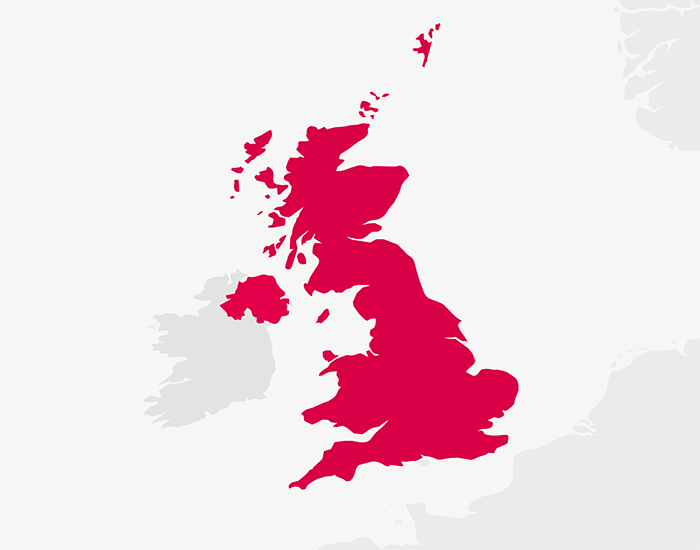Website accessiblity regulations US, UK and EU
The Americans with Disabilities Act (ADA) is a civil rights law that prohibits discrimination against individuals with disabilities in all areas of public life, including jobs, schools, transportation, and all public and private places that are open to the general public. The DOJ is clarifying the regulations but that does not mean website discrimination will be tolerated.
What is the purpose of website accessibility?
To make electronic and information technology accessible to people with disabilities (e.g., color blindness, vision disabilities, hearing disabilities).
What is 508, ADA, and WCAG?
All three standards – 508, ADA, and WCAG – have the same goal: to make electronic and information technology accessible to people with disabilities (e.g., color blindness, vision disabilities, hearing disabilities) in a way that is comparable to the access available to others.
What is The Americans with Disabilities Act (ADA)?
A civil rights law that “prohibits discrimination against individuals with disabilities in all areas of public life, including jobs, schools, transportation, and all public and private places that are open to the general public”. The law guarantees equal opportunity for individuals with disabilities.
What is WCAG
Web Content Accessibility Guidelines. The latest guidelines, known as WCAG 2.1, are an internationally recognised set of recommendations for improving web accessibility.
There are currently 3 levels, A, AA and AAA . All three must be met independently to be in compliance.
What is Section 508?
508 requires that accommodations be made for federal employees and members of the public with disabilities who wish to access government Information and Communications Technology (ICT), including government websites and multimedia.
Section 508 is limited to those in the federal sector and doesn’t apply to the private sector. Federal agencies include:
- Government agencies
- Federally-funded non-profits
- Public higher education institutions
- Public K-12 schools

On 23 September 2018 new regulations on the accessibility of websites and mobile applications of public sector bodies came into force in the UK. These regulations implement the EU directive on web accessibility and require public sector websites and mobile applications to achieve specific accessibility standards.
What is WCAG?
Web Content Accessibility Guidelines. The latest guidelines, known as WCAG 2.1, are an internationally recognised set of recommendations for improving web accessibility.
There are three levels within WCAG 2.1, A, AA and AAA. Currently a website needs to pass both Level A and AA – it is important to note that the A and AA tests are. So, for a page to pass AA, it needs to have passed all the A tests and the AA tests.
What is the Equalities Act 2010?
The Equalities Act 2010 is an Act of Parliament of the United Kingdom that came into force on 1 October 2010 bringing together over 116 separate pieces of legislation into one single Act.
The Act provides a legal framework to protect the rights of individuals and advance equality of opportunity for all.
How are Public Sector bodies Affected?
The EU Directive on the accessibility of public sector websites and mobile apps (Directive (EU) 2016/2102 using European standard EN 301 549 V1.1.2 (2015-04)), came into force for in the UK on 23 September 2018. The aim of the regulations is to ensure public sector websites and mobile apps can be used by as many people as possible.
This includes those with:
- impaired vision
- motor difficulties
- cognitive impairments or learning disabilities
- deafness or impaired hearing
There are three key dates for compliance to be achieved:
- 22 September 2019 - New public sector websites (those published after 22 September 2018)
- 22 September 2020 - All other public sector websites
- 22 June 2021 - Public sector mobile apps
However, this EU Directive does not replace the Equalities Act, that still applies now.
